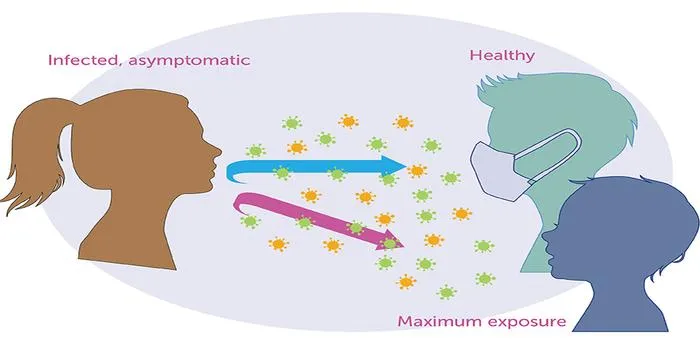- Home >
- Science
- > Innovation
What Was the Science Behind Medical Bloodletting?
Medical bloodletting was based on the ancient belief that health depended on the balance of bodily fluids, known as humors. Practitioners thought that removing blood could restore this balance and cure various ailments. The practice was influenced by the teachings of Hippocrates and Galen, who emphasized humoral theory. Bloodletting was used for conditions like fevers and inflammations, despite lacking scientific evidence. It persisted for centuries until modern medicine and a better understanding of human physiology rendered it obsolete.

Medical bloodletting was a common practice in various cultures for centuries, believed to treat a wide range of ailments. This article explores the ''science behind medical bloodletting'', its historical context, and the reasons it was once considered an effective medical treatment.
Historical Context of Bloodletting
Bloodletting has roots in ancient civilizations, including Egypt, Greece, and China. Early physicians, including Hippocrates and Galen, promoted the idea that balancing the body's ''humors''—blood, phlegm, yellow bile, and black bile—was essential for good health. The belief was that an excess of blood could lead to illness, and removing it would restore balance.
Methods of Bloodletting
Various techniques were employed for bloodletting, including:
| Method | Description |
|---|---|
| Venesection | Involves cutting a vein to release blood, usually from the arm. |
| Cupping | Uses heated cups to create suction on the skin, drawing blood to the surface. |
| Leeches | Employs medicinal leeches to draw blood from patients. |
Each method had its proponents and was used depending on the condition being treated and the physician's preference.
Physiological Rationale
The ''theory of humoral imbalance'' was the cornerstone of the physiological rationale behind bloodletting. Physicians believed that certain diseases were caused by an excess of blood, leading to symptoms such as fever, inflammation, and pain. Bloodletting was thought to alleviate these symptoms by reducing the volume of blood and restoring balance.
For example, if a patient presented with ''fever'', a physician might perform bloodletting to decrease the blood volume, thus supposedly lowering the body temperature. This was a widely accepted practice, despite a lack of empirical evidence supporting its effectiveness.
Scientific Evidence and Efficacy
Despite its long-standing use, the scientific evidence supporting bloodletting has been largely discredited in modern medicine. Early studies and anecdotal reports suggested that bloodletting could be beneficial for certain conditions, such as hypertension or specific infections. However, rigorous clinical trials conducted in the 19th and 20th centuries failed to demonstrate significant benefits.
In fact, bloodletting is now understood to have potentially harmful effects, such as:
- ''Hypovolemia'': Excessive blood loss can lead to a dangerous drop in blood volume.
- ''Infection risk'': Open wounds from bloodletting can become infected.
- ''Anemia'': Repeated bloodletting can cause a decrease in red blood cells, leading to anemia.
Decline of Bloodletting Practice
The decline of bloodletting as a medical practice began in the late 19th century, coinciding with advances in medical science and a better understanding of human physiology. The introduction of the germ theory of disease shifted the focus from humoral imbalances to pathogens as the cause of illness. As a result, more effective treatment methods were developed, rendering bloodletting obsolete.
Today, bloodletting is rarely used in modern medicine, except in specific circumstances, such as treating ''hemochromatosis'' (a condition of excess iron in the blood) or ''polycythemia vera'' (a blood disorder that leads to an increased number of red blood cells). In these cases, therapeutic phlebotomy (a controlled form of bloodletting) is performed under medical supervision.
Bloodletting in Popular Culture
The legacy of bloodletting remains in popular culture, with references appearing in literature, television, and films. It serves as a reminder of how medical practices evolve over time and the importance of evidence-based medicine. Understanding the history of bloodletting can provide valuable insights into the development of medical practices and the ongoing quest for effective treatments.
Conclusion
While bloodletting was once a prominent method of treatment rooted in the ''science of humoral theory'', its decline marks a significant shift in medical understanding. Today, the practice is largely viewed as a historical curiosity rather than a valid therapeutic technique. The evolution of medical practices underscores the importance of scientific validation and the ongoing pursuit of knowledge in the field of medicine.
In summary, the science behind medical bloodletting is a fascinating study of how historical beliefs shaped medical practices, ultimately leading to advancements in the understanding of human health and disease.












